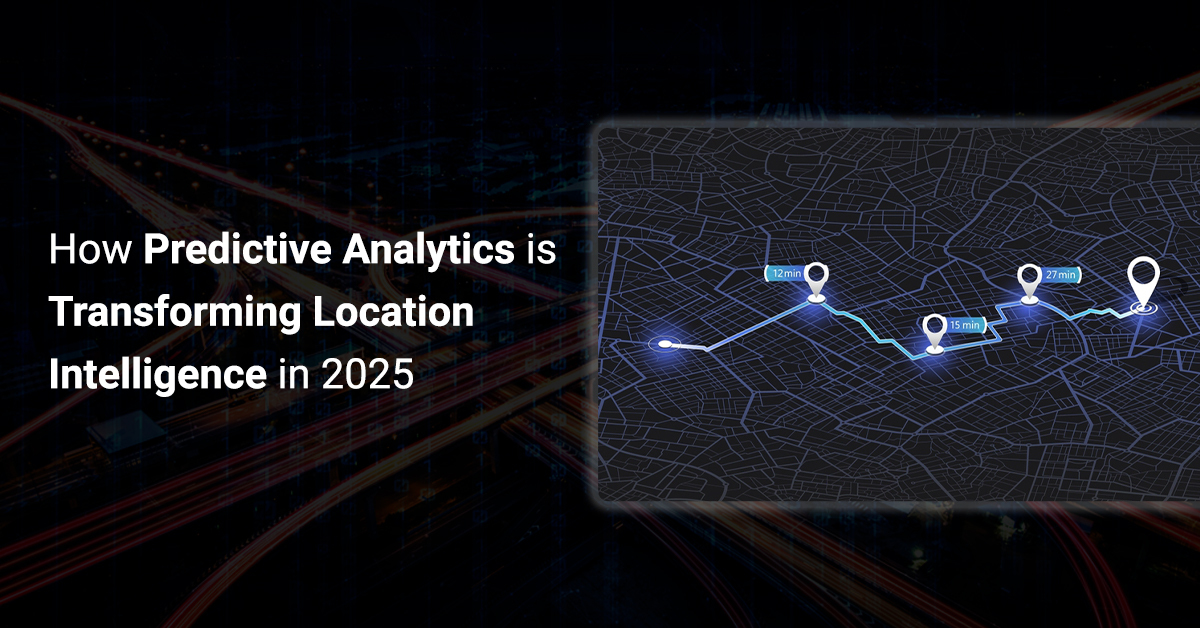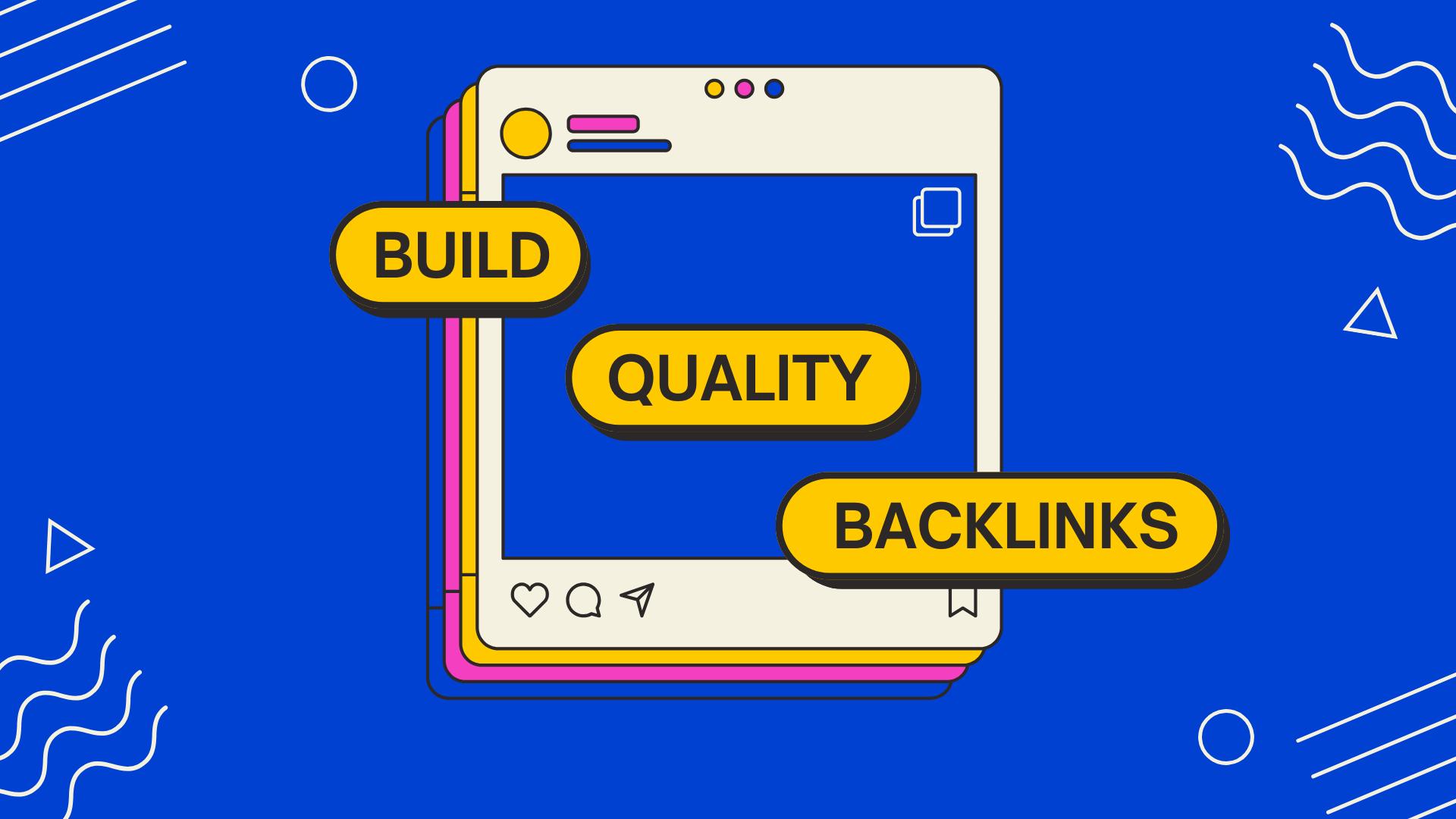How Predictive Analytics is Transforming Location Intelligence in 2024?

Strong 8k brings an ultra-HD IPTV experience to your living room and your pocket.
Leading businesses are realizing the special importance of physical location as they work to maximize their data and sophisticated analytics. There is a location component associated with almost every data point that is accessible.
Office space, retail stores, warehouses, and production facilities are common examples of the physical presence of business clients. A mailing address, a home, vacation homes, and so on can all be linked to certain customers. In addition to individual assets like streetlights, manhole covers, and even trash cans, public infrastructure comprises structures like bridges, buildings, and offices.
Predictive analytics managed by machine learning (ML) and artificial Intelligence (AI), helps to predict future trends and behaviours depending on historical and real-time data. When integration with Location Intelligence, data-driven insights derived from geographical information, these technologies are platform for enhancements in urban planning, retail strategies, logistics, and much more.
Introduction to Predictive Analytics
Predictive analytics includes statistical techniques, data mining, and machine learning to predict future outcomes. It monitors patterns and trends from huge datasets, allowing proactive decision-making. When predictive analytics is applied to location intelligence, predictive analytics answers important questions like: “Which route will minimize the delivery delays?”. There are various components of predictive analytics including:
Data Collection: Gathering historical and real-time data
Modelling: Applying algorithms to identify patterns
Forecasting: Generating actionable predictions
What is Location Intelligence?
The insights derived from examining and displaying geospatial data is known as location intelligence. Unique insights can be obtained by layering location-specific data on a smart map or dashboard, including demographics, traffic, environment, economy, and weather. Leaders utilize location intelligence to plan their next course of action and gain a deeper understanding of where and why things are happening.
In 2024, the integration of IoT devices, satellites, and mobile technologies has exponentially enhanced the availability and granularity of the s tore location data . These advancements allow deeper insights into human behaviour and environmental dynamics.
The Synergy of Predictive Analytics and Location Intelligence
Predictive analytics and location intelligence help businesses and governments helps in enhancing decision-making. Predictive analytics utilizes past and present data to forecast future trends, while location intelligence delivers insights depending on geographical data. When combined, these technology offers powerful solutions for enhancing efficiency, understanding customer behaviour, and strategic planning.
Predictive analytics and location intelligence helps industries in multiple ways:
Urban planning benefits through optimized transportation systems, resource allocations, and disaster management.
Retailers can utilize tools to choose ideal store locations, run personalized marketing campaigns, and manage inventory efficiently.
In logistics department, the integration of location intelligence and predictive analytics helps to optimize delivery routes, forecast shipping patterns, and removed hurdles.
The real-estate sector uses it to predict appropriate property values, assess risks, and understand customer preferences.
Healthcare organizations enhance services by pinpointing unidentified areas, enhancing emergency responses, and monitoring disease outbreaks in particular locations.
By combining past data with real-time geographic insights, predictive data analytics and location intelligence are revolutionizing operations across multiple sectors, making it more efficient, proactive and location-specific.
Technical Factors of Transformation
The revolutionizing potential of predictive analytics in location intelligence depends on technological advancements:
1. Artificial Intelligence and Machine Learning: These technologies analyze huge datasets quickly, highlighting intricate patterns and relationships.
2. Internet of Things (IoT): IoT devices generate real-time location data from vehicles, smartphones, and sensors, improving predictive accuracy.
3. 5G Connectivity: High-speed internet facilitates seamless data transmission, allowing real-time predictive analytics applications.
4. Cloud Computing: Scalable cloud platforms store and process the extreme datasets necessary for predictive models.
What are the Challenges and Ethical Considerations?
While predictive analytics and location intelligence deliver immense power, they come with multiple challenged and ethical considerations that needs to be followed strictly.
Data Privacy: The collection and use of location data increases with privacy concerns. Striking a balance between innovation and individual rights is important.
Data Bias: Biased dataset leads to inaccurate or discriminatory predictions, necessitating rigorous data validating and auditing.
High Costs: Implementing advanced predictive models require substantial investments in technology and expertise.
Regulatory Compliance: Companies must navigate a complex landscape of data protection laws including GDPR and CCPA.
The Future Trends of Predictive Analytics
In 2025, the combination of predictive analytics and location intelligence will continue to evolve:
Augmented Reality (AR) Applications: AR technologies powered by predictive analytics will deliver real-time, location- specific insights for users.
Advanced Simulations: Virtual simulations of cities and ecosystems will allow planners to test the impact of different decisions.
Decentralized Data Sharing: Blockchain technology will allow secure and transparent data sharing for location intelligence platforms.
Inclusivity: Efforts to reduce biases and increases accessibility will make predictive analytics more equitable.
Conclusion
Predictive analytics is definitely transforming location intelligence in 2025, bringing up a new era of data-driven decision-making. From smarter cities to personalized retail experiences, this technology transforms industries and enhances lives. However, its success depends on ethical data practices, technological investments, and continuous innovations.
As businesses and governments leverages this powerful technology, the potential for more efficient, sustainable, and inclusive future becomes increasingly achievable.
Note: IndiBlogHub features both user-submitted and editorial content. We do not verify third-party contributions. Read our Disclaimer and Privacy Policyfor details.





